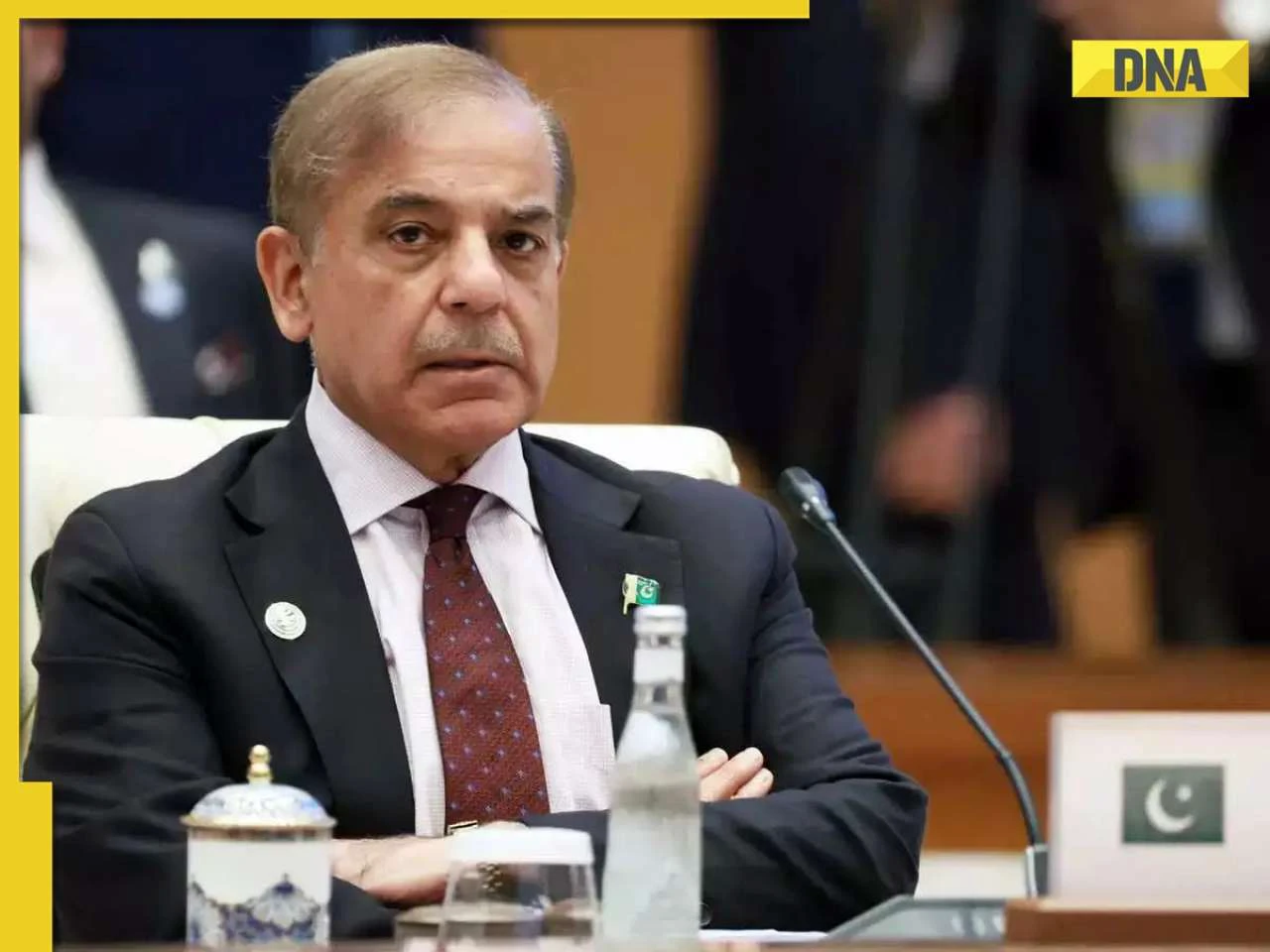In the middle of growing tensions between India and Pakistan, a long-standing issue has once again come into the spotlight — the Baloch Liberation movement.
After India launched ‘Operation Sindoor’ in response to cross-border threats, Balochistan’s unrest is drawing global attention.
Balochistan, the largest province of Pakistan by area, is located in the country’s southwest. It has faced decades of armed rebellion from groups like the Balochistan Liberation Army (BLA), who are demanding independence. Reports suggest the BLA has carried out some attacks across Pakistan.
Recently, the group claimed responsibility for two deadly attacks that killed 14 Pakistani Army soldiers. One attack took place in the Shorkand area of Mach, Bolan, where the BLA’s Special Tactical Operations Squad used a remote-controlled IED to blow up a military convoy. All 12 soldiers in the vehicle, including top officers like Commander Tariq Imran and Subedar Umar Farooq, died in the blast. Another attack in the Kech district killed two more soldiers when an IED exploded during a clearance operation.
The Baloch liberation issue is not just about politics — it’s deeply tied to geography and resources. Balochistan covers around 347,190 square kilometers, making up nearly 40% of Pakistan’s total land area. If Balochistan were to secede, Pakistan would lose almost half its land and billions in natural resources.
According to a report by Asia Times, the region is rich in minerals. The Chagai area sits on the Tethyan Magmatic Arc, a geological zone rich in copper and gold. The nearby Reko Diq mine alone holds an estimated 5.9 billion tonnes of ore, making it one of the largest untapped reserves in the world.
As the Baloch struggle intensifies, it poses serious challenges to Pakistan’s internal security and economy. If the movement grows stronger, it could reshape the region’s political map.
